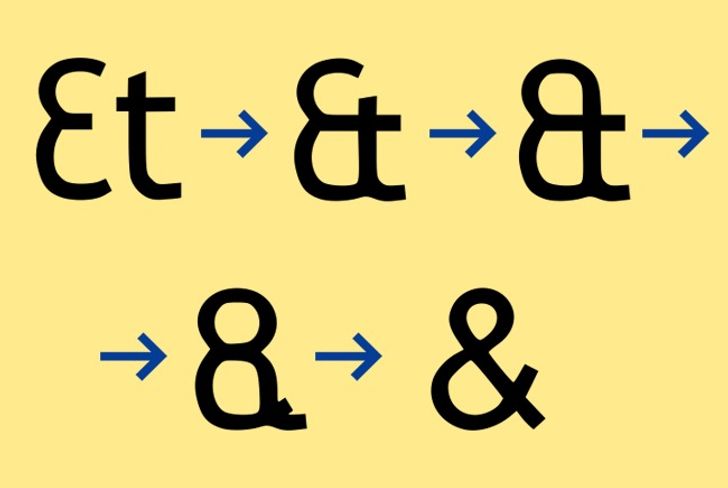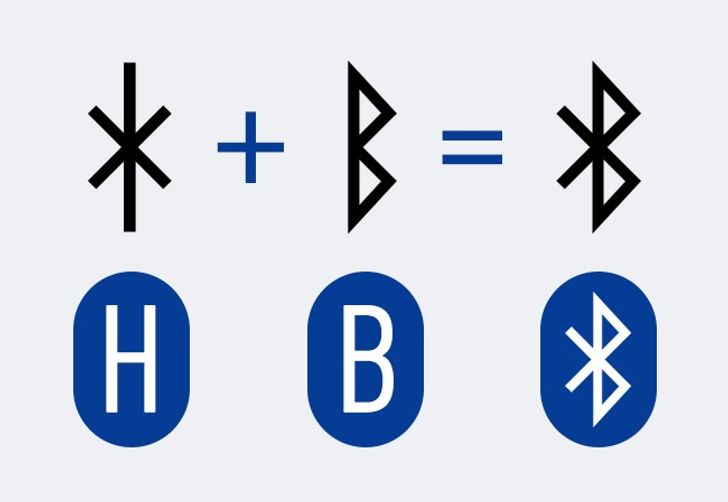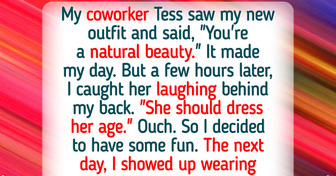13 Family Conflicts That Sound Straight Out of a Soap Opera


Every day we encounter thousands of signs and symbols. We actually use some of them to express our strongest feelings when we can’t find the right words. But have you ever wondered about those symbols’ origins? And are we using them in the correct manner?
We at Bright Side decided to investigate these questions in detail and now offer you a selection of some of the most famous symbols, the meanings and origins of which remain a mystery to most people.

The ampersand symbol (&) represents the Latin conjunction “et” which equals the English word “and.” Such ligature was first invented in Ancient Rome by Tiro, Cicero’s personal secretary. To speed up writing, Tiro invented a system of abbreviations which became known as the “Tironian Notes.”
Many centuries later, the ampersand became so popular in Europe and America that, for a long time, it enjoyed the honor of concluding the English alphabet. It only began to be omitted in the early twentieth century. The actual word “ampersand” is a contraction of the phrase “And per se and” that teachers used to say after reciting the alphabet from “A” to “Z.”
Over time, the letters “E” and “T” have merged into the symbol we use today.
In this case, things are even less straightforward. Despite the popular belief that “love resides in the heart,” everyone knows that the shape of the real human heart has little in common with this symbolic representation. However, there are several theories about the symbol’s origins.

In the tenth century AD, Denmark was ruled by King Harald Blåtand, a historical figure famous for uniting Danish tribes into a single kingdom. Harald was often called “Bluetooth“ since he was a known lover of blueberries, and at least one of his teeth had a permanent blue tint.
Bluetooth technology is designed for uniting multiple devices into a single network. The symbol representing this technology is a combination of two Scandinavian runes: ”Hagall“ (or “Hagalaz”) which is the analogue of the Latin ”H,“ and ”Bjarkan“ — a rune that equals the Latin letter “B.” These two runes form the initials of Harald Blåtand’s name. By the way, a first generation Bluetooth device was colored blue and — yes, you’ve guessed it — resembled a tooth.
Not many people know this, but the symbol of medicine (a staff with wings and two snakes) was first adopted by mistake.
According to legend, the Greek god Hermes (in Roman pantheon, Mercury) possessed a magic staff, the Caduceus, which looked precisely like the modern medical symbol. The Caduceus had the power to stop any disputes and reconcile enemies, but it had nothing to do with medicine.
The simple truth is that, more than a hundred years ago, US military doctors confused the Caduceus with the Rod of Asclepius (which looked similar but had no wings and only one snake). Since Asclepius is the Ancient Greek god of healing and medicine, the mistake is quite understandable. Subsequently, the symbol has taken root and is now used to represent medical confidentiality.
The “power” (or “power on”) symbol can be found on practically any device, but few people know about its origins.
As early as the 1940s, engineers used a binary system for representing specific switches, where 1 meant on and 0 meant off. In the following decades, it has transformed into a sign that features a circle (zero) and a vertical line (one).
In the semaphore alphabet, the letter ”N“ is transmitted by holding two flags in an inverted ”V," and the letter “D” is formed by holding one flag pointed straight up and the other pointed straight down. Superimposing these two signs forms the shape of the peace symbol.
Most people interpret this hand gesture as the equivalent of the words “All right” or “Okay.” However, it is not perceived as something positive everywhere. For instance, in France, the gesture denotes that the person at whom it is directed is a zero (a nothing). There are several theories about where this gesture could’ve come from.











